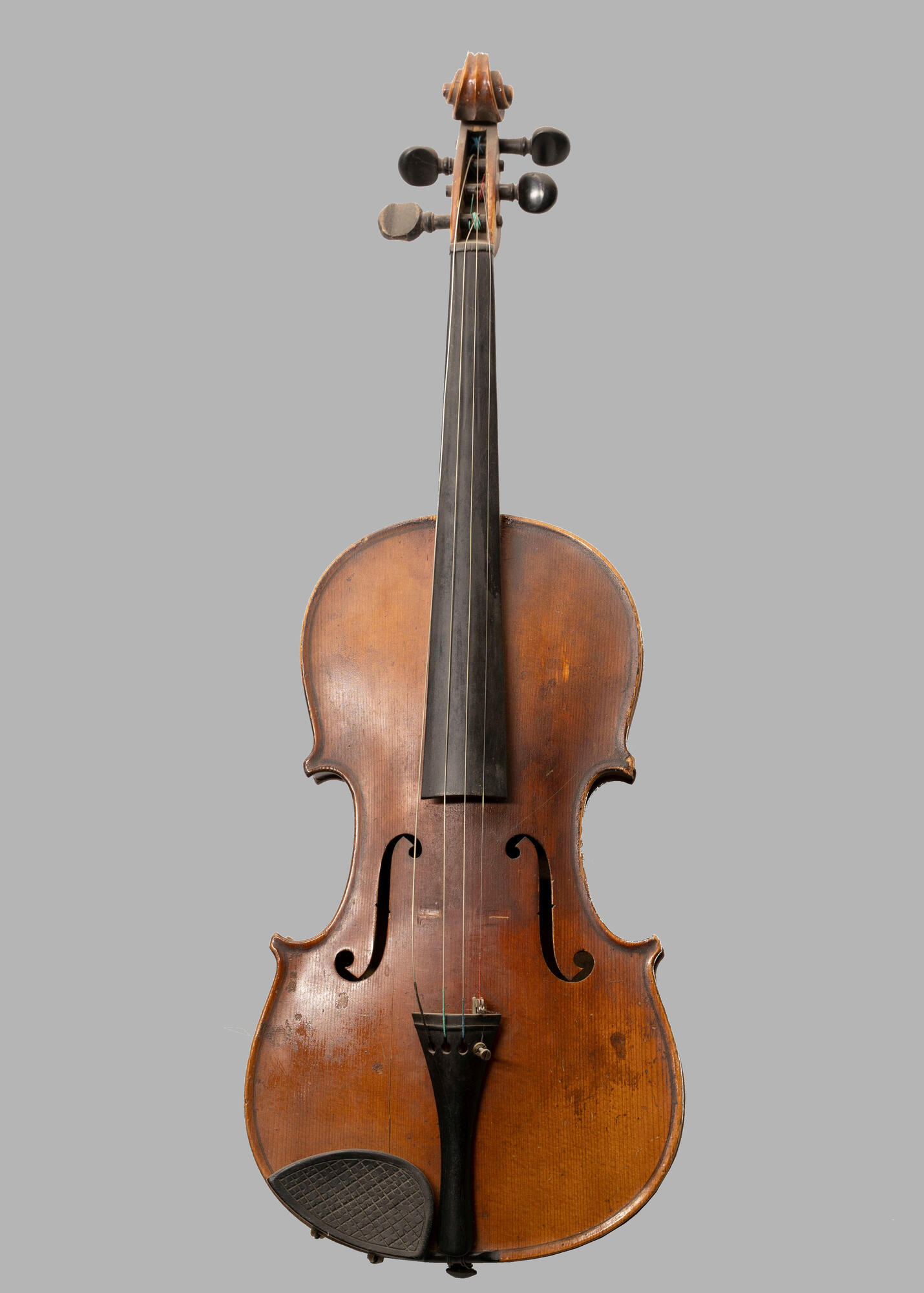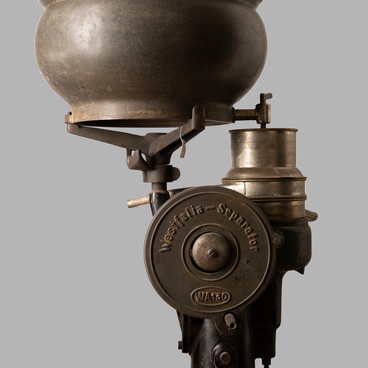Much attention was paid to music education in Sarepta, a former German colony. Music played an important role in the spiritual and aesthetic education of the young generation of the community. Many Sareptians played the violin well, some even composed music. Family singing to the accompaniment of violin, piano or harpsichord was a tradition.
The violin was made at the ‘J.H. Zimmermann’ factory in St. Petersburg. The factory of brass and woodwind instruments was opened in 1883 by 32-year-old German entrepreneur Julius Zimmerman.
First, Zimmerman opened a music store and a music publishing house in St. Petersburg. In the store, he began selling musical instruments - strings, winds, produced mainly by foreign companies, as well as strings, cases, music books - everything related to music.
Zimmermann’s trade store has become a one-stop music store. The owner soon opened a small musical instrument repair shop. Business was going well, the store was popular in the capital, and Zimmermann began to expand trade. He opened another musical instrument store, and then decided to start his own production.
During 1883 Zimmermann carefully equipped the premises. The enterprise occupied seven rooms in the mezzanine. In three of them there is a workshop, in three more - a shop, the seventh room was taken as an office. Eight workers started to work in the workshop. At first, this workshop did not have a specific profile and, like many other workshops, produced the brass and string instruments, percussion, and later keyboards from ready-made imported parts.
By the end of the 1880s, Zimmermann’s brass instruments had gained a good reputation, and the workshop began to specialize in their production, as well as in the repair of various instruments. Julius Zimmerman was the owner of several patents for inventions of that time in the field of mechanical musical instruments.
In 1900, Zimmerman founded the ‘J.H.Zimmermann’ trading house for the operation of trading establishments, a workshop and a music publishing house belonging to him. The main office of the trading house was located in Moscow. The merits of Zimmermann’s products were appreciated at international and all-Russian industrial exhibitions.
Zimmermann went abroad immediately after the outbreak of World War I. His factory and shops, as a German subject, were subject to liquidation. Knowing this, the owner in March 1915 sold the factory and all his establishments located in Russia for 100 thousand rubles.
The enterprise avoided closure. And the new owners established a trading house called “Lemberg, Lekae and Co”. Zimmermann himself continued to work in Germany and handed the business over to his sons. One of the “splinters” of this company still exists. The music publishing house Zimmerman is still one of the largest in the world.
The violin was made at the ‘J.H. Zimmermann’ factory in St. Petersburg. The factory of brass and woodwind instruments was opened in 1883 by 32-year-old German entrepreneur Julius Zimmerman.
First, Zimmerman opened a music store and a music publishing house in St. Petersburg. In the store, he began selling musical instruments - strings, winds, produced mainly by foreign companies, as well as strings, cases, music books - everything related to music.
Zimmermann’s trade store has become a one-stop music store. The owner soon opened a small musical instrument repair shop. Business was going well, the store was popular in the capital, and Zimmermann began to expand trade. He opened another musical instrument store, and then decided to start his own production.
During 1883 Zimmermann carefully equipped the premises. The enterprise occupied seven rooms in the mezzanine. In three of them there is a workshop, in three more - a shop, the seventh room was taken as an office. Eight workers started to work in the workshop. At first, this workshop did not have a specific profile and, like many other workshops, produced the brass and string instruments, percussion, and later keyboards from ready-made imported parts.
By the end of the 1880s, Zimmermann’s brass instruments had gained a good reputation, and the workshop began to specialize in their production, as well as in the repair of various instruments. Julius Zimmerman was the owner of several patents for inventions of that time in the field of mechanical musical instruments.
In 1900, Zimmerman founded the ‘J.H.Zimmermann’ trading house for the operation of trading establishments, a workshop and a music publishing house belonging to him. The main office of the trading house was located in Moscow. The merits of Zimmermann’s products were appreciated at international and all-Russian industrial exhibitions.
Zimmermann went abroad immediately after the outbreak of World War I. His factory and shops, as a German subject, were subject to liquidation. Knowing this, the owner in March 1915 sold the factory and all his establishments located in Russia for 100 thousand rubles.
The enterprise avoided closure. And the new owners established a trading house called “Lemberg, Lekae and Co”. Zimmermann himself continued to work in Germany and handed the business over to his sons. One of the “splinters” of this company still exists. The music publishing house Zimmerman is still one of the largest in the world.



